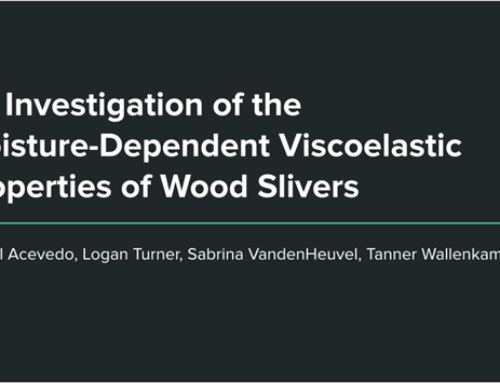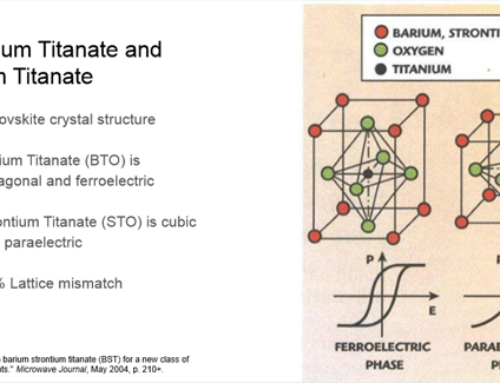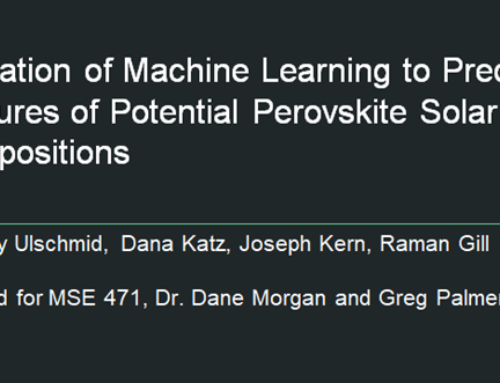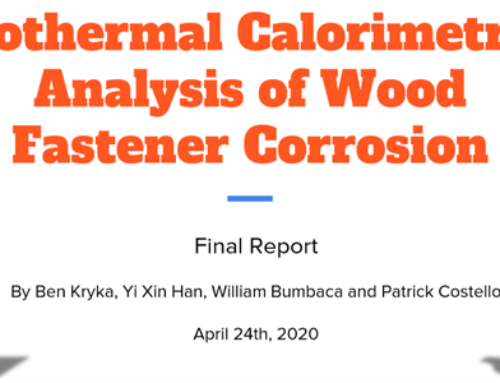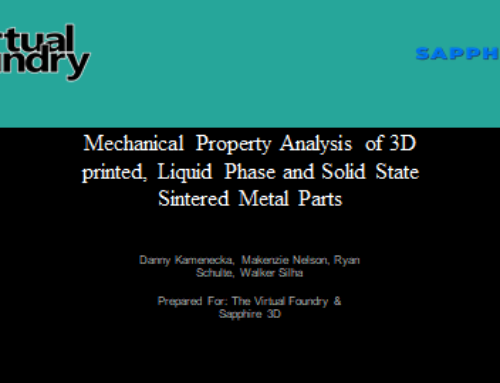Project Description
Project Overview: Batteries currently used today usually consist of flammable liquid electrolytes making it unsafe to users. With this limitation, solid-state batteries then arise to eliminate the limitation, and additionally provide faster charging feature which is a result from higher cation (Li+) mobility. Although significant progress has been made, it is uncertain on how to ensure fast Li+ transport through electrolyte-electrode interface. To overcome this barrier, a polymer-ceramic composite electrolyte is considered. With this composite material, experimental has shown that it enables fast transport of Li+ both in the electrolyte and the electrode. The objective and goal this project is to identify the ideal morphology of the microstructure for such novel composite materials through computational methods. The team will use phase-field models to construct the model of polymer-ceramic inserted battery material and predict its electro properties. Machine learning approaches will be used to correlated microstructure and mechanical property prediction. The team will perform all computational tasks through the Center for High Throughput Computing (CTHC) to predict electro properties of battery material.
Client: Dr. Jiamian Hu, University of Wisconsin – Madison, Department of Materials Science and Engineering
Student Team: Guanzhao Li, Jirameth Tarnsangpradit






